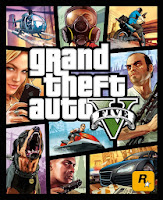A scanner is a device that is plugged into a computer or other source and allows you to capture a digital image of photographs prints, posters, magazine pages etc. There are many different type of scanner and each has a specific job that will better suit an individuals needs. Flatbed scanners are the most common form of scanner and these are fit for one purpose which is to scan (Particularly A4 papers) and copy the image onto your computer. These are very good for basic purposes and will scan to a good level of detail.
A scanner works by shining a light to illuminate the page and then a scanner head moves across the work that is being scanned to capture the reflected light. The computer will read the information as digital code and can then transform the code into pixels and display them on your screen.
Obviously the quality of the images captured will greatly change the price of the camera which can make them cost between £50 - £7000 depending on the quality of the camera. The price can also vary on its ability to change lenses, the power of its original lens in particular, the flash can be changed on the camera, and also the SD card that it comes with.
Digital graphics optimisation refers to how you can get the best possible outcome from your digital image. For instance when creating a poster for use outside, a TIFF file would likely be used as this is printable, is incredibly highly quality and can print in RGB.
However, if creating an image for use on a website a TIFF file would not be useful as the image size would be so big that many people would not be able to download the image quick enough and so a much smaller sized file would need to be used for a much smoother experience.
Asset management software is a tool that many organisations use for the storage, management and distribution of media. This includes things such as photos, music, videos and many other multimedia content. Each piece of stored data will be kept track of through records which display the name of the file, its format and information about when it was last modified and from what location. This means that you can keep track of all your pieces of work. This could be useful for many artists as it organises your pieces very neatly and allows a huge storage space for all of your piece of works.














